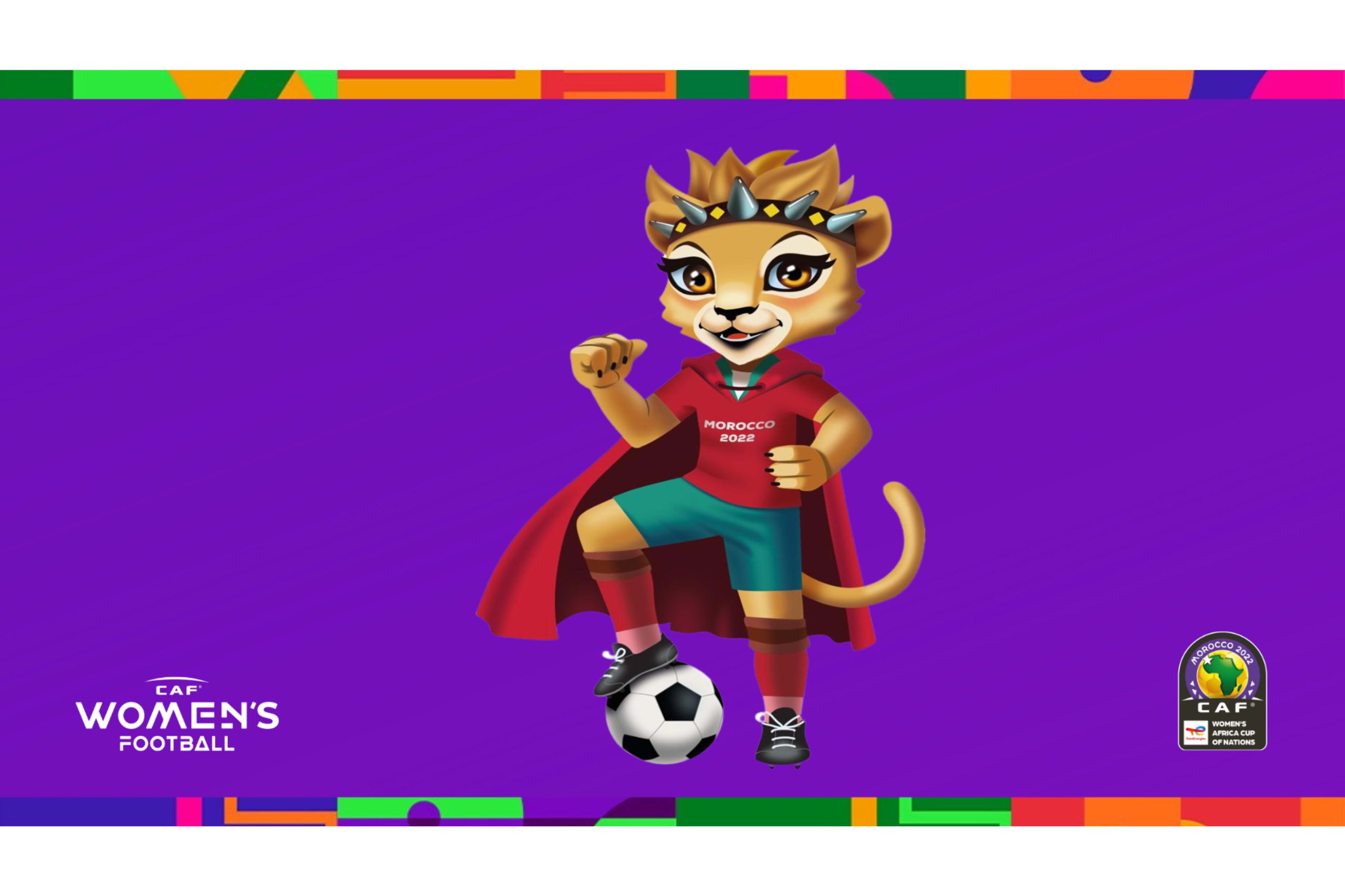African women’s football is a big deal.
To understand why, you only need to look at its past and present of surviving bans, bias, under-funding and systematic prejudice. What you’ll find is an amazing story of survival and growth even in a hypothetical desert. While we still hope for more to come, we are absolutely chuffed to celebrate what we have.
From July 2-23 July 2022 in Morocco, twelve teams represented twelve African countries at the TotalEnergies WAFCON.
Come 2023, four African teams from the WAFCON will be representing the continent at the Women’s World Cup co-hosted by New Zealand and Australia with a potential of six based on the intercontinental play-offs and who gets to win the slots. 10 teams will be divided into three groups, which will include a semi-final and a final. The winners of each bracket will reach Australia & New Zealand 2023.
In recent years, global interest and investment in women’s football have seen a marginal rise in the number of African female footballers playing at top clubs on the world stage. These talents have always existed, what we are seeing is an increased opportunity to watch them play. This is why this year’s expanded tournament hosted by Morocco from 10 teams to 12 teams is important for its continuous growth.
A crowd of 45,562 watched the semi-final between Morocco and Nigeria, with the final between the hosts and South Africa beating that record again with over 50,000 in attendance at the Prince Moulay Abdellah Stadium.
Morocco delivered on their assignment to host a World-class tournament. But, no tournament is perfect. There were controversial referee decisions and a serving of crazy by Moroccan fans targeting lasers on opposing teams.
Not to distract from the bigger picture, the overall prize money for the tournament was increased from $975 000 to $2,400, 000. This year’s winner South Africa went home with prize money of $500 000, which is a 150 per cent increase of $300, 000. Previous winners of the competition got $200, 000.
The prize money for runners-up almost doubled from $175, 000 to $300, 000 while the semi-finalists got $225, 000 each, an increase from $125, 000.
As impressive as these numbers might sound, it is palpable when compared to the $5m Senegal took home for their Nations Cup triumph in February. Now, this is not to compare the men’s and women’s games because I believe those comparisons are endless debates that do nothing to improve football and it most times distracts from actual successes that are being made and areas that need to be improved on. However, it goes to show that with the right investment and marketing, things can get better in terms of how much money WAFCON teams make at each competition.
This tournament was also important for the fans and players because it gave everyone an idea of what to expect from the continent at the World Cup finals. It also showed how much growth has happened since the last tournament in 2018, bearing in mind the effect of COVID-19 on women’s football on the continent.
CAF’s technical study group has now recommended that WAFCON be expanded from 12 to 16 teams, while, at club level, the second edition of the eight-team African Women’s Champions League is scheduled for October in Morocco.
The WAFCON semi-finalists, Morocco, Nigeria, South Africa and Zambia have all qualified for next year’s Women’s World Cup in Australia and New Zealand, with Africa’s quota of teams increasing from the three sides at the last edition in France in 2019.
Morocco and Zambia will make their debuts at the expanded 32-team global tournament, while the quartet could yet be joined by another two sides, with Senegal and Cameroon entering the inter-confederation play-offs in February.
Nine-time champions Nigeria failed to win their fourth successive title after they were beaten on penalties by Morocco and defeated 1-0 by Zambia in the third-place play-off. They missed their star player and CAF player of the year winner Asisat Oshoala during the tournament to injuries but, the problem with the team lies in coaching inconsistencies by Randy Waldrum. They looked like a decent team that was coached poorly.
Morocco invested heavily in the women’s game over the past few years. The Royal Moroccan Football Federation (RMFF) in 2020 unveiled its 2021-2024 development plan for a future path in the growth of women’s football in the country with a focus on Women’s Leagues and grassroots development, the regional and the national team. It’s easy to conclude that their plan is working. With the help of Champions League winning coach Reynald Pedro, the team made it to the finals. Although they have their work cut out for them in terms of experience and skills at the World Cup, this team has shown grit and tenacity. They will be one to watch out for at the finals.
For South Africa, six is their perfect number. After making it to five previous finals, it took them their sixth time around the pitch to win gold at the biggest stage of women’s football in Africa. Coach Desiree Ellis waited for WAFCON glory, with the Banyana Banyana. She has previously lost gold both as a player and a coach before finally getting her hands on the gold.
On her way to victory, she delivered both a tactical and a man-management masterclass. South Africa managed to fill the void left by Thembi Kgatlana in the final third.
Team Zambia, had only one won WAFCON game in their history before this tournament. Despite the loss of their star player Banda, they qualified for the World Cup and beat Nigeria to secure third place in the tournament and their first ever WAFCON trophy.
They had a good run but were hit by obstacles. Banda—and the three other players that were controversially omitted and officiating calls.
In many ways, this tournament proved that African women’s football can grow linearly with their European counterpart, that it is possible to host a world-class tournament on the continent, with the right investments in local leagues and tournaments, the game will continue to grow and more importantly, people love to watch women play football. They have natural talent and abilities.


